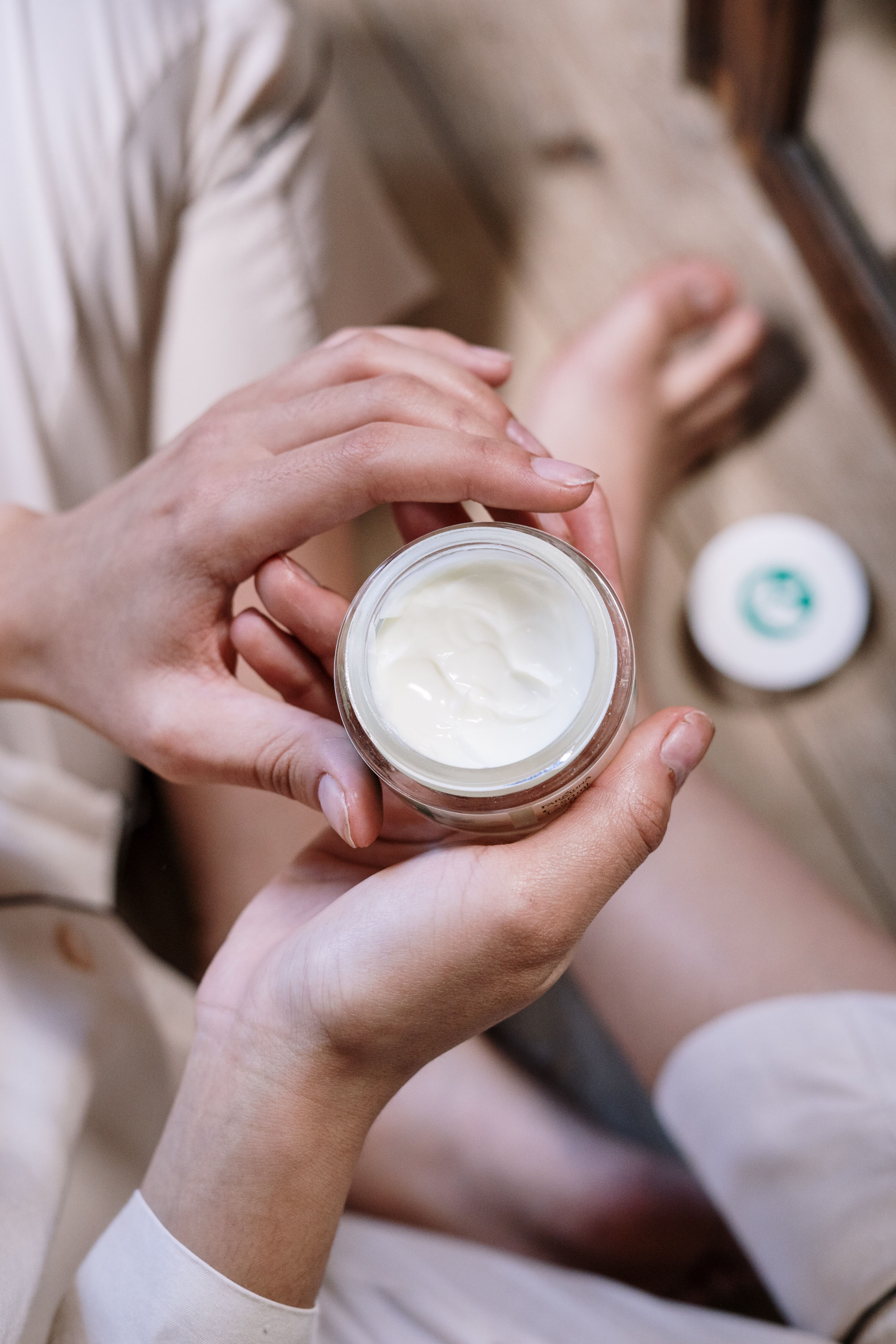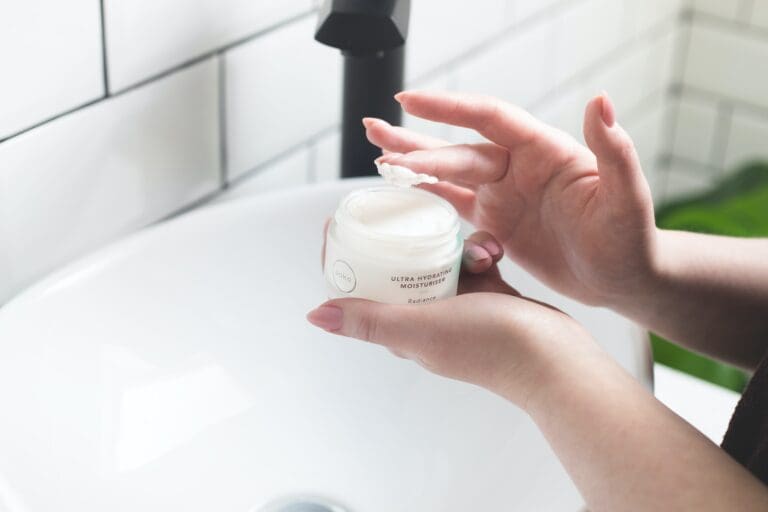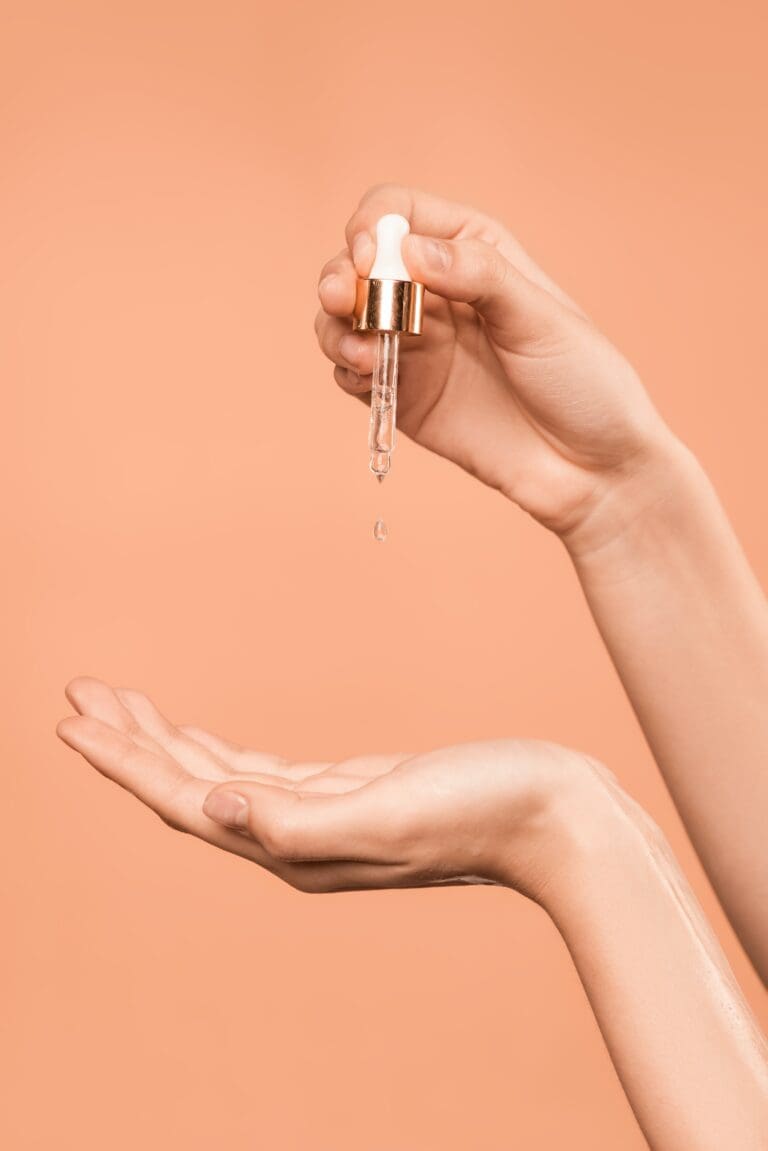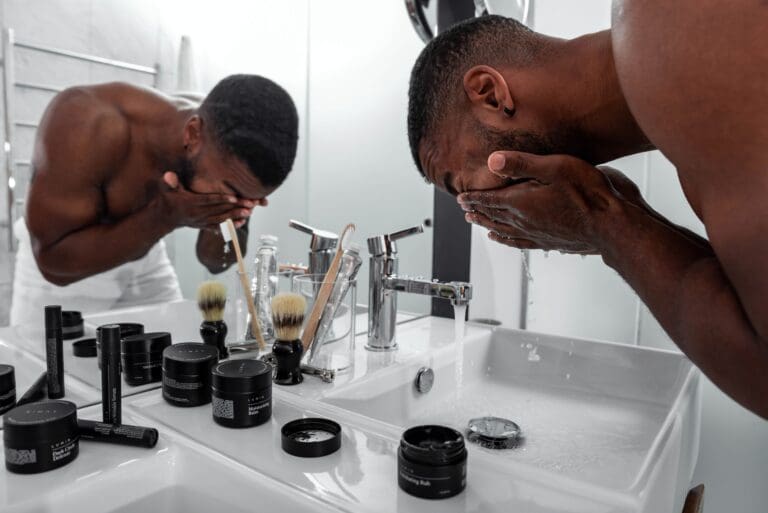Is Your Skin Care Routine Working? Common Mistakes You Might Be Making
Are you frustrated with your skin care routine not delivering the results you were hoping for? It can be discouraging to invest time and money into a routine that doesn’t seem to be working. But before you give up on your skin care goals, it’s important to understand some common reasons why you might not be seeing results.
One reason could be that you’re not using the right products for your skin type. Everyone’s skin is unique, and what works for one person may not work for another. It’s important to identify your skin type and choose products that are specifically formulated for it. Using the wrong products can lead to irritation, breakouts, and other issues that can impede progress towards your skin care goals.
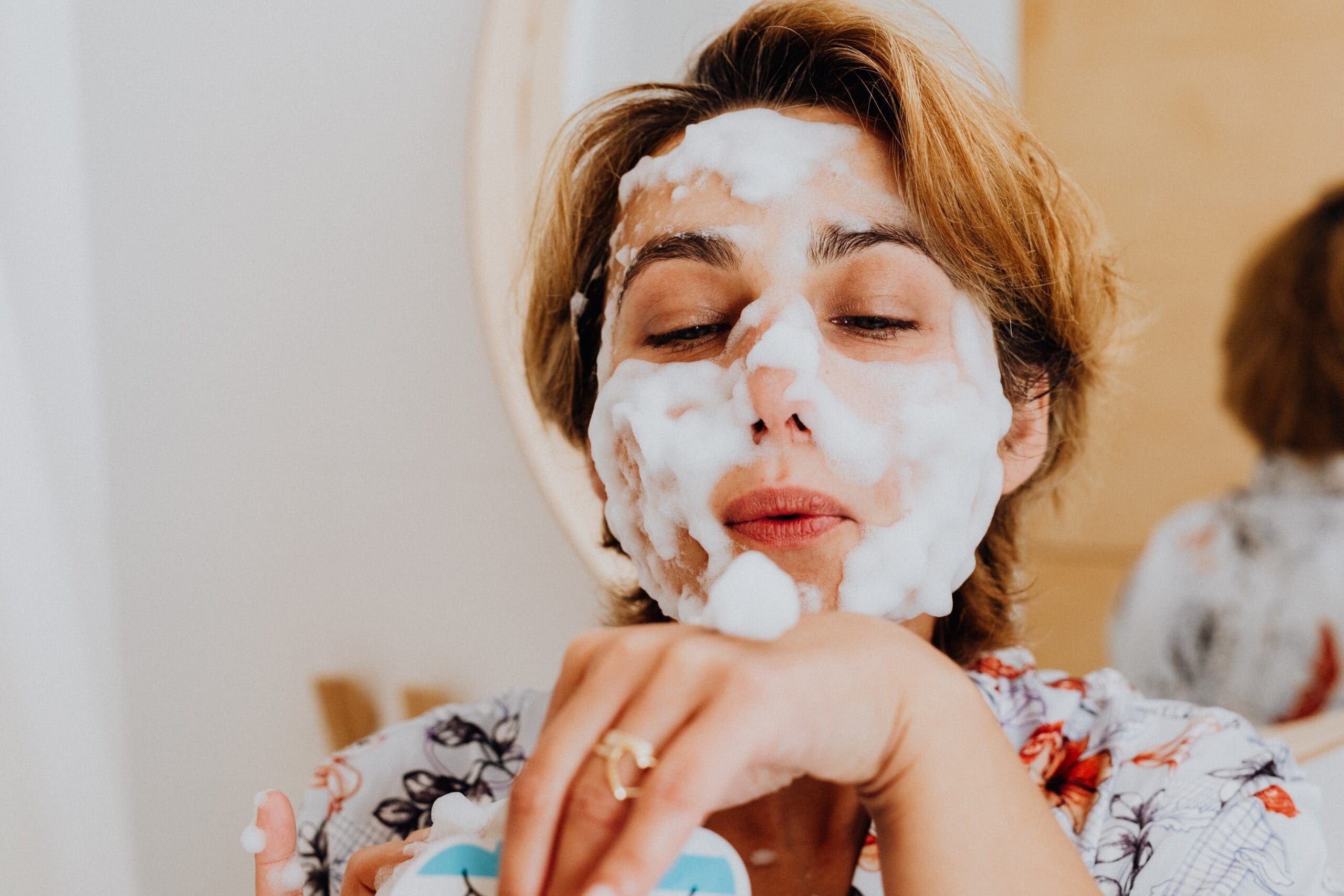
Understanding Your Skin Type
Understanding your skin type is the first step to achieving a healthy and radiant complexion. Your skin type is determined by genetics and can be influenced by various factors, such as age, hormones, and environmental factors. Knowing your skin type helps you choose the right skincare products and create a personalized routine that addresses your skin’s unique needs.
There are five main skin types: normal, oily, dry, combination, and sensitive. Here’s a brief overview of each skin type:
- Normal skin: This skin type is well-balanced, with a healthy glow and minimal imperfections. It’s not too dry or too oily, and it’s not overly sensitive.
- Oily skin: This skin type produces excess oil, leading to a shiny appearance and enlarged pores. It’s prone to acne and breakouts.
- Dry skin: This skin type lacks moisture, leading to a rough, flaky, and dull appearance. It’s prone to fine lines and wrinkles.
- Combination skin: This skin type is a mix of oily and dry areas, with an oily T-zone (forehead, nose, and chin) and dry cheeks.
- Sensitive skin: This skin type is easily irritated, leading to redness, itching, and burning. It’s prone to allergic reactions and can be triggered by certain ingredients or environmental factors.
It’s essential to identify your skin type to choose the right skincare products and avoid using products that can irritate or damage your skin. For example, using a heavy moisturizer on oily skin can clog pores and lead to breakouts, while using an alcohol-based toner on dry skin can cause further dehydration.
To determine your skin type, you can perform a simple at-home test. Wash your face with a gentle cleanser and wait for an hour without applying any products. Observe your skin’s behavior and look for the following signs:
- Normal skin: No excessive oil or dryness, and no visible signs of irritation or sensitivity.
- Oily skin: Shiny appearance, visible pores, and possible breakouts.
- Dry skin: Flaky, rough, or tight sensation, and possible fine lines and wrinkles.
- Combination skin: Oily T-zone and dry cheeks.
- Sensitive skin: Redness, itching, burning, and possible allergic reactions.
Once you’ve identified your skin type, you can start building a skincare routine that addresses your skin’s specific needs. Remember to be gentle with your skin, avoid harsh ingredients, and always wear sunscreen to protect your skin from UV damage.
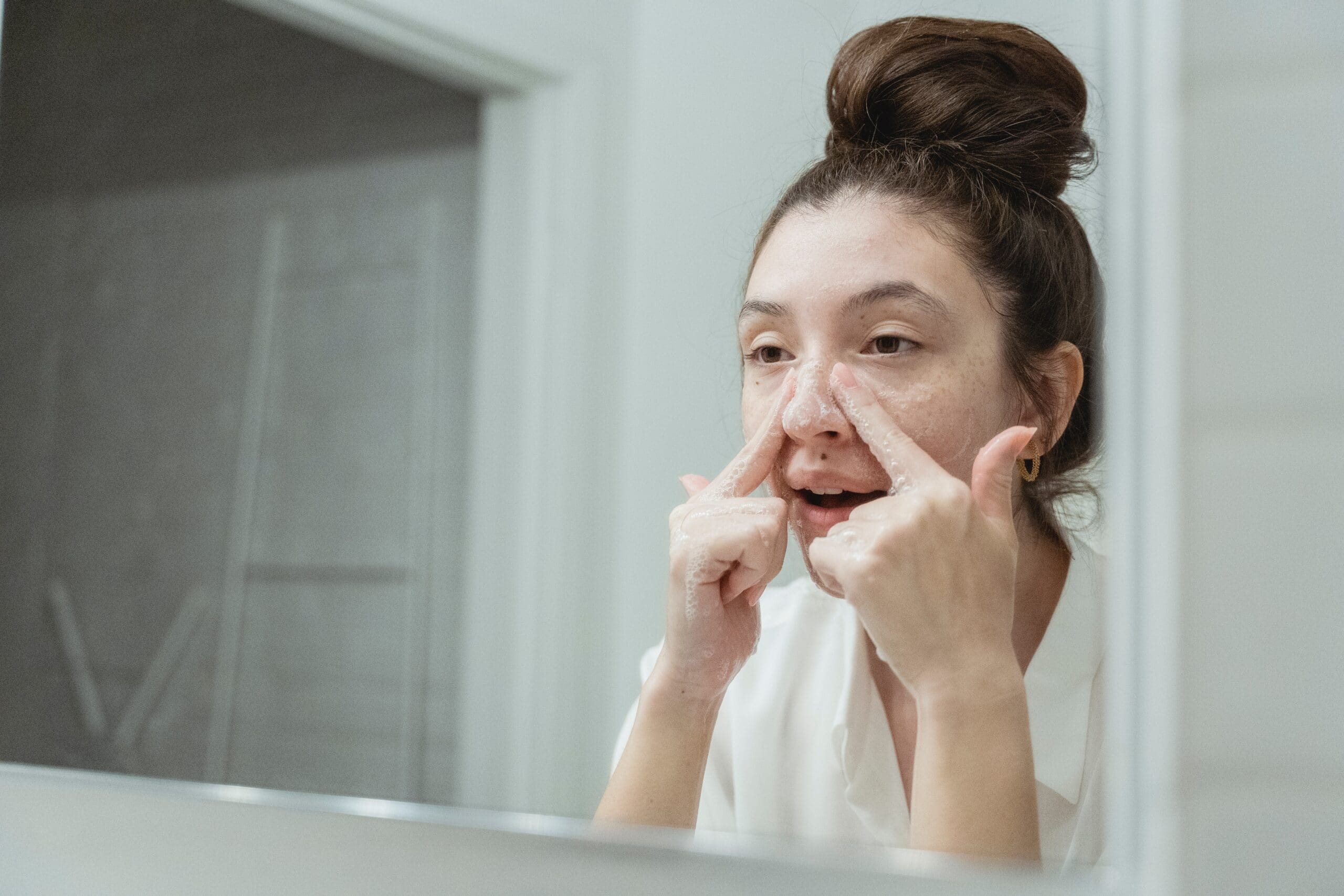
The Importance of Consistency in a Skincare Routine
Consistency is key when it comes to a skincare routine. Establishing a regular skincare regimen and sticking to it can help you achieve healthy, glowing skin. Here are a few reasons why consistency is important in a skincare routine:
Helps You Identify What Works
When you are consistent with your skincare routine, you can better identify what products work for your skin and what doesn’t. If you are constantly switching up your routine, it can be difficult to determine what is causing any issues or improvements in your skin. Consistency allows you to track your progress and make adjustments as needed.
Maintains Healthy Skin
Regularly following a skincare routine can help maintain healthy skin. Cleansing, moisturizing, and protecting your skin from the sun can help prevent damage and premature aging. Your routine will ensure that you are taking care of your skin on a regular basis.
Reduces Risk of Breakouts
Regularity in your skincare routine can also help reduce the risk of breakouts. When you are regularly cleansing and exfoliating your skin, you are removing dead skin cells and excess oil that can clog pores and lead to acne. Additionally, using the same products consistently can help prevent irritation and inflammation.
Achieves Desired Results
Desired results can be achieved from being consistent as well. Whether you are looking to reduce fine lines and wrinkles, improve skin texture, or brighten your complexion, using the same products regularly can help you achieve those goals. It is important to remember that results may take time, so be patient and consistent with your routine.
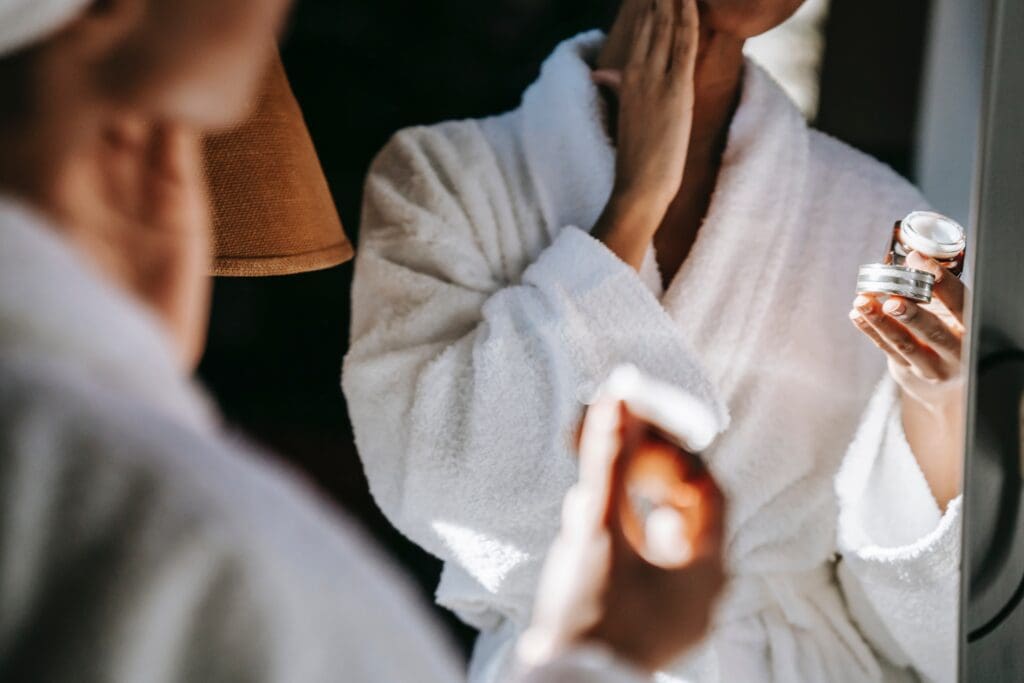
Choosing the Right Skincare Products
When it comes to skincare, choosing the right products is crucial for achieving the desired results. Using the wrong products can lead to skin irritation, breakouts, and other issues that can be frustrating and discouraging. Here are some tips to help you choose the right skincare products for your skin type and concerns:
Know Your Skin Type
The first step in choosing the right skincare products is to know your skin type. There are five main skin types: normal, oily, dry, combination, and sensitive. Knowing your skin type will help you narrow down your options and choose products that are specifically formulated for your skin’s needs.
Read Labels Carefully
When choosing skincare products, it’s important to read labels carefully. Look for products that are specifically formulated for your skin type and concerns. Pay attention to ingredients and avoid products that contain harsh chemicals or fragrances that can irritate your skin.
Use a Cleanser That Works for You
Cleansing is an essential part of any skincare routine. However, using the wrong cleanser can strip your skin of its natural oils and leave it feeling dry and tight. Look for a cleanser that is gentle and formulated for your skin type. If you have oily skin, consider using a foaming cleanser to help remove excess oil. If you have dry skin, look for a creamy cleanser that will help hydrate your skin.
Choose the Right Moisturizer
Moisturizing is another essential step in any skincare routine. Look for a moisturizer that is formulated for your skin type and concerns. If you have oily skin, look for a lightweight, oil-free moisturizer. If you have dry skin, look for a moisturizer that is rich and hydrating.
Consider Adding a Serum or Toner
Serums and toners can be a great addition to your skincare routine. A serum can help target specific skin concerns, such as fine lines and wrinkles, while a toner can help balance your skin’s pH levels. Look for products that are specifically formulated for your skin type and concerns.
Avoid Using the Wrong Products
Using the wrong skincare products can be a major roadblock in achieving the results you want. For example, using an oil-based cream on oily skin can lead to breakouts and clogged pores. Make sure you are using products that are specifically formulated for your skin type and concerns to avoid any negative side effects.
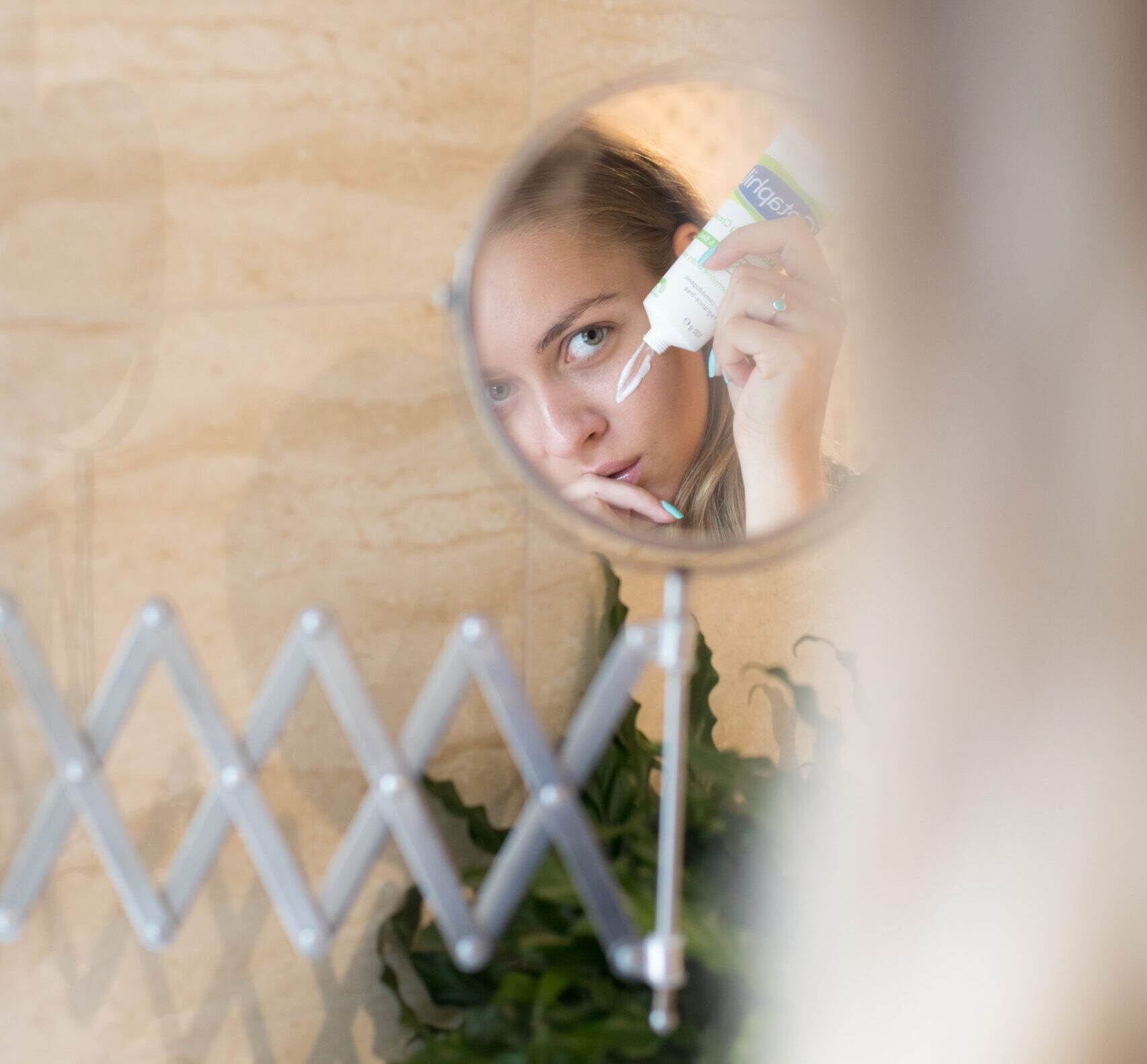
Setting Realistic Skincare Goals
When it comes to skincare, it’s important to set realistic goals for yourself. After all, you’re not going to wake up with perfect skin overnight. Instead, focus on making small changes to your routine that will lead to gradual improvements.
Here are some tips for setting realistic skincare goals:
Identify Your Concerns
The first step in setting skincare goals is identifying your concerns. Do you struggle with acne? Are you concerned about fine lines and wrinkles? Do you have dark spots or hyperpigmentation? Once you know what you want to improve, you can start setting goals that will help you achieve your desired results.
Prioritize Your Goals
It’s important to prioritize your skincare goals so that you can focus on the most important areas first. For example, if you’re struggling with acne, your top priority might be to find a cleanser that helps to control breakouts. Once you’ve achieved that goal, you can move on to other concerns, such as reducing the appearance of fine lines or improving your skin’s texture.
Be Realistic
When setting skincare goals, be realistic. Remember that everyone’s skin is different, and what works for someone else may not work for you. Additionally, some skincare concerns, such as reducing the appearance of deep wrinkles, may require professional treatments or procedures.
Track Your Progress
Finally, it’s important to track your progress as you work towards your skincare goals. Take before and after photos, keep a journal of your skincare routine and note any changes you see in your skin. This will help you stay motivated and make adjustments to your routine as needed.
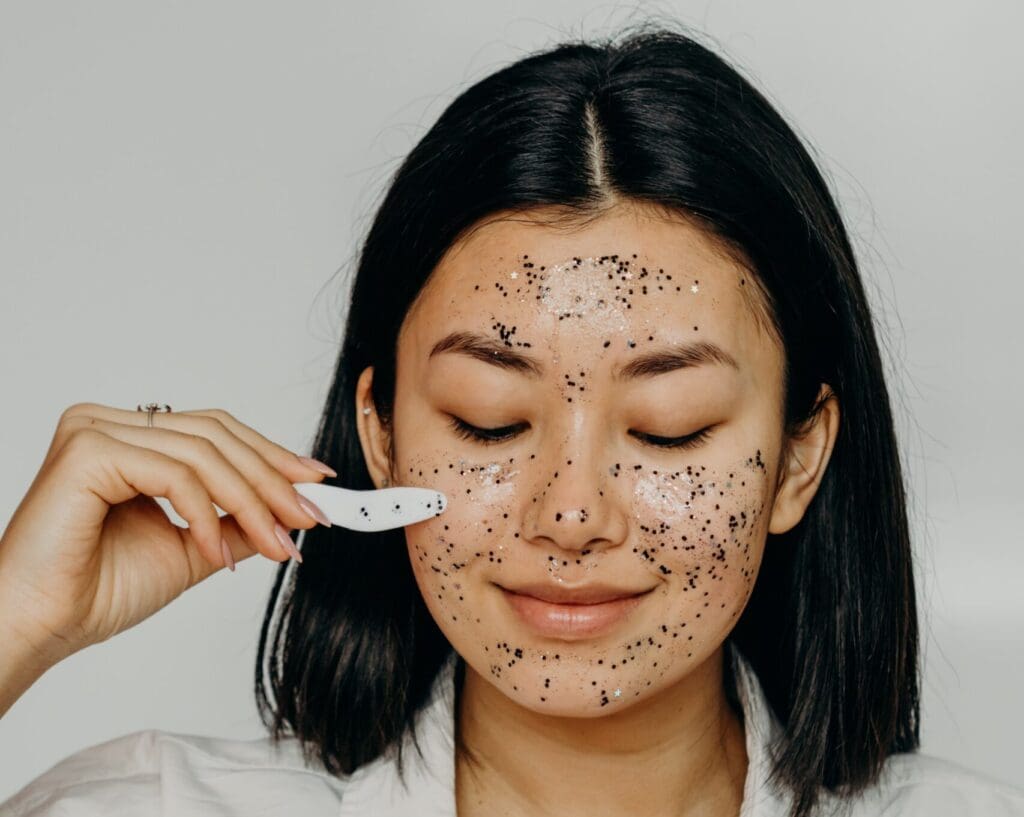
Exfoliation: A Crucial Step in Your Routine
Exfoliation is an essential step in any good skincare routine. It involves removing dead skin cells from the surface of your skin, revealing the fresh, healthy skin underneath. This not only makes your skin look brighter and more radiant, but it also helps to improve the effectiveness of your other skincare products by allowing them to penetrate deeper into your skin.
There are two main types of exfoliation: mechanical and chemical. Mechanical exfoliation involves physically scrubbing your skin with a scrub or brush, while chemical exfoliation uses acids like AHAs (alpha-hydroxy acids) and BHAs (beta-hydroxy acids) to dissolve dead skin cells.
AHAs are water-soluble acids that work to exfoliate the surface of your skin. They are particularly effective for treating sun damage, fine lines, and uneven skin tone. Some common AHAs include glycolic acid, lactic acid, and mandelic acid.
BHAs, on the other hand, are oil-soluble acids that work to penetrate deep into your pores to clear out any dirt, oil, and dead skin cells. They are particularly effective for treating acne and blackheads. The most common BHA is salicylic acid.
When it comes to exfoliating, it’s important to choose the right method and frequency for your skin type. If you have dry or sensitive skin, you may want to opt for a gentler exfoliant and limit your exfoliation to once or twice a week. If you have oily or acne-prone skin, you may be able to tolerate more frequent exfoliation with a stronger exfoliant.

